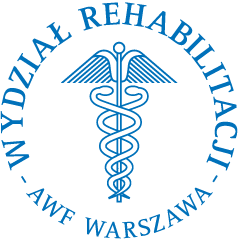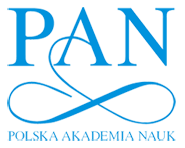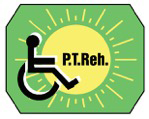


|
Current issue
Archive
Manuscripts accepted
About the journal
Editorial board
Reviewers
Abstracting and indexing
Contact
Instructions for authors
Publication charge
Ethical standards and procedures
Editorial System
Submit your Manuscript
|
2/2019
vol. 33 abstract:
Original paper
The characteristics of plantar flexors and dorsiflexors strength in patients after complete three-bundle Achilles tendon reconstruction
Magdalena Syrek
1
,
Robert Śmigielski
2
,
Michał Staniszewski
3
,
Michał Wychowański
4
Advances in Rehabilitation/Postępy Rehabilitacji (2), 37–45, 2019
Online publish date: 2019/05/29
View
full text
Get citation
ENW EndNote
BIB JabRef, Mendeley
RIS Papers, Reference Manager, RefWorks, Zotero
AMA
APA
Chicago
Harvard
MLA
Vancouver
Introduction
Achilles tendon rupture is an injury resulting from occasional excessive physical activity that is undertaken in the absence of an adequate level of preparation. The calcaneal tendon forms the end of the triceps surae muscle which consists of the gastrocnemius and the soleus. The aim of the research was to evaluate the level of functional performance of the operated limb one and two years after the Achilles tendon reconstruction surgery. Material and methods The study group comprised of 20 men (age – 47.2±8.3 years; height – 182±7cm; weight – 88±12kg) who have undergone the Achilles tendon reconstruction surgery. The measurement of plantar flexor and dorsiflexor muscle torques was conducted in both extended- and flexed-knee position under isometric and isokinetic conditions Results The measurements of the plantar flexor and dorsiflexor muscle torques in the extended knee position performed one and two years after the surgery did not reveal any significant differences between the healthy and operated limb. The tests performed one year after the surgery in the flexed-knee position showed significantly lower values of the plantar flexor and dorsiflexor muscle torques in the operated limb measured under isokinetic conditions. The results obtained two years after the reconstruction surgery proved that muscular deficit was still visible; however, there were no statistically significant differences Conclusions The angular knee joint position affects the plantar flexor muscle torque in the operated limb. Due to the muscle strength deficit observed two years after the surgery, additional training should be implemented after the rehabilitation has been completed. The main focus should be on dynamic exercises performed in the flexed-knee position which help to rebuild deep muscles such as the soleus keywords:
rehabilitation, general surgery, Achilles tendon, measurement |
    |